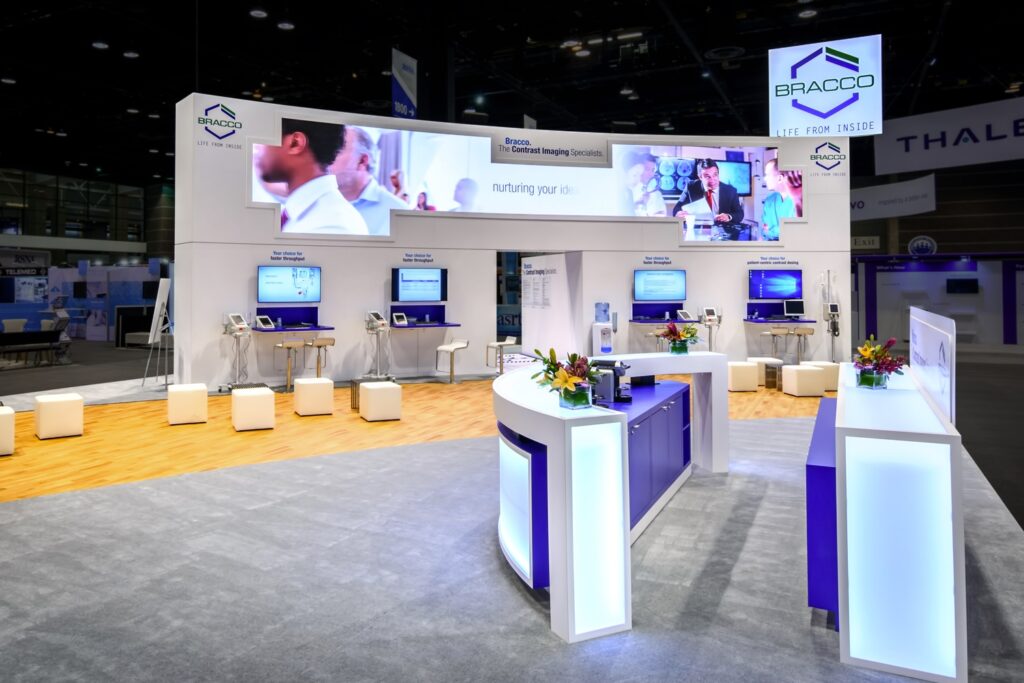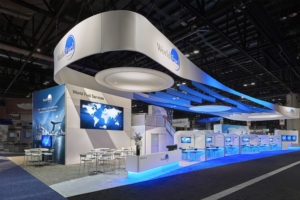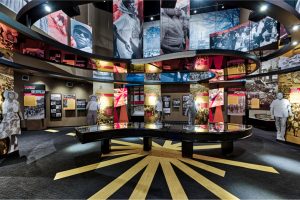You’ve made the decision to attend a trade show and you’ve allocated a lot of your marketing budget to the event. So, what steps can you take to make this a successful investment? There are many variables and complexities involved in exhibiting so preparation is a crucial component of the overall process.
To insure your investment is well spent and your goals are met, there are many plans and considerations to work through. Here are ten key steps you should take in order to have a well-managed, successful trade show. We’ve broken the list into two parts; we’ll focus on the first five steps here.
These steps include:
1. Plan Early, Plan Often
Fail to plan and you can plan to fail, right? Planning isn’t just writing up a list of what you need to bring to a show or even how to staff your booth. We recommend you begin the planning process at least six months before a trade show and for major events; the planning can start over a year in advance. This means bringing in all the parties involved in the process to establish goals and objectives for the show. Once you are clear on objectives, you can turn your attention to overarching messaging and theming.
Then, you should walk step by step through products you plan to debut or display at the show, details and logistics, guidelines for those working the booth, and even details like how staffers will dress and how they will speak to visitors. This is all about getting marketing, sales, and management on the same page well in advance of a show. We recommend a creative brief to align your team during the planning process.
2. Establish Buyer Personas
Do you know what your target audience looks like? Creating a series of buyer personas will not only help you understand the pain points of your buyers, but to find innovative solutions to their problems. By understanding your audience, you gain insights into how they can be accurately targeting and pulled from the aisles and into your booth. When you are clear about the profile of your target attendee, you can then move on to attracting, meeting, and wowing these prospects during a show and well into the future.
3. Select the Ideal Booth Size
Is bigger always better? Not necessarily. When it comes to selecting booth size, you’ll need to consider your target number of prospects and the bearing that will have on the amount of size your team needs to attain your goals and objectives. Think about what’s happening in your booth: are your salespeople giving presentations? How much space does that require? How long is each presentation? How many salespeople and support staff will be in the booth simultaneously? Likewise, you should be thinking about storage space, AV equipment needs and conference rooms. Adding all these answers together will help you determine the proper size- and consulting your trusty exhibit house is a great way to find a booth size that meets your unique needs.
4. Choose Your Location Wisely
It’s a question we are asked often: where is the best location for my booth? Taking a peek at the show floor can give you the best insight; you won’t be able to see the show floor ahead of time. When looking at the layout, think not only about your customer but also about the booths located near and around your potential space that could have loud, distracting noise. Carefully consider the location of large, obtrusive columns, low ceilings, and even the location of the bathrooms in the hall. This is about your business; choose wisely! Remember: this is closely tied to #3, the size of your booth. Just like in real estate, location is everything. All that to say: you may have to change the dimensions of your booth in order to get prime real estate.
5. Engagement is King
An attractive trade show booth is just one element of a successful show. The next step is to think about innovative ways to pull your clients from the aisles of a busy show floor and into your booth for a meaningful conversation. Engagement should spark curiosity, bring smiles, and fit your overall theme and messaging for the show and also for your brand. It should feel fresh and smart, not hokey or contrived. Make this step a key part of your planning process to capture the eyes (and eventually hearts and minds) of your top targets.
This is part one of a two part series. In this part, we’ve covered many of the logistical planning issues you will encounter. Next, in Part Two, we’ll cover what will actually happen in the booth, including staffing and training. Read Part Two.











